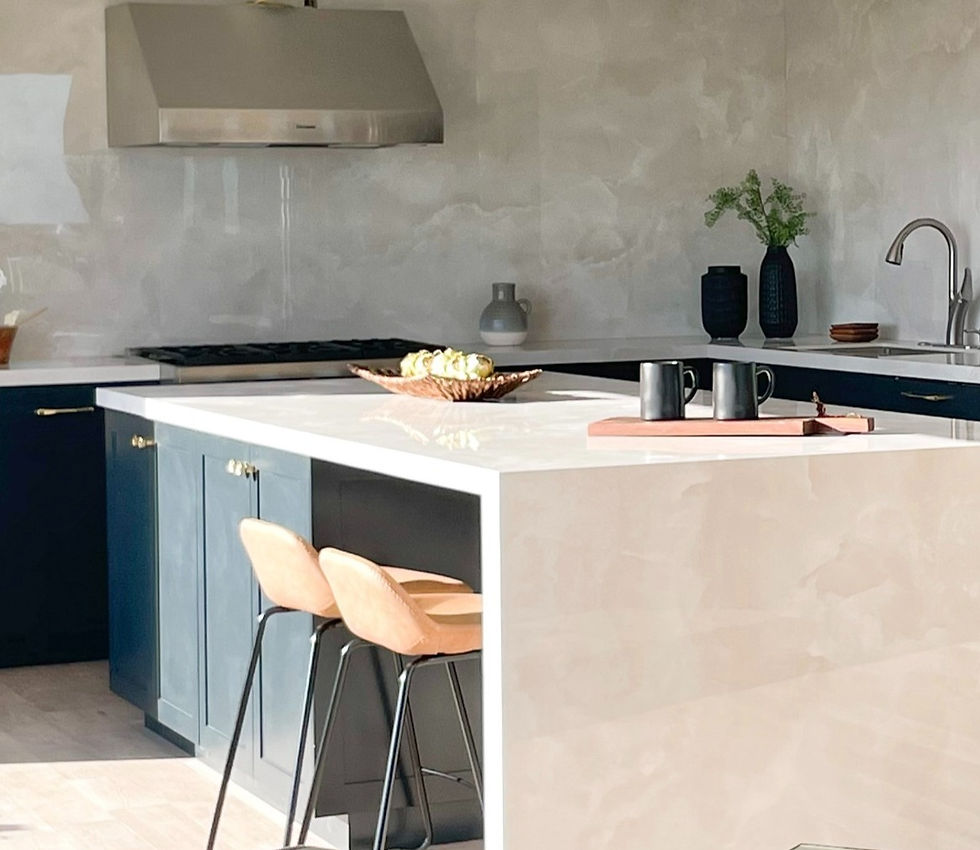Delving Into the Price Tag: The Reasons Behind the Cost of Home Staging
- Jacqueline Victoria

- Jul 18, 2023
- 2 min read

Introduction:
For those entering the real estate market, home staging is a term that garners attention. It involves transforming a property into an attractive and appealing living space designed to captivate potential buyers. While the benefits of staging are evident, the cost associated with this service often raises eyebrows. In this article, we highlight some key factors contributing to the expense of home staging.
1. Professional Expertise:
Home staging is not just about arranging furniture and adding decorative elements. It requires skilled professionals who understand the nuances of design, market trends, and buyer psychology. Stagers meticulously analyze the property, its target market, and use their artistic eye to create an inviting atmosphere. The years of knowledge and expertise that professionals bring to the table command a higher price tag.
2. Quality Inventory:
To transform a plain property into a visually stunning showcase, stagers curate an extensive inventory of furniture, decor, and accessories. Maintaining a diverse and high-quality inventory allows them to adapt to the unique characteristics of each property. Quality comes with a cost, and the expenses associated with acquiring, storing, and preserving the inventory contribute to the overall pricing.
3. Extensive Preparation and Planning:
Preparing a property for staging requires meticulous planning. Stagers meticulously evaluate the layout, lighting, and overall ambiance to accentuate the property's best features. They create a customized strategy to elevate the property's appeal and differentiate it from the competition. The level of attention to detail and the time invested in each project add to the cost.
4. Time-Intensive Execution:
Executing a successful home staging project involves numerous tasks, such as sourcing and arranging furniture, styling the space, and coordinating logistics. It's not simply a matter of decorating but rather creating a coherent and captivating narrative through design. This meticulous process demands significant time and effort, resulting in higher costs.
5. Return on Investment:
While home staging may add to the upfront expenses of selling a property, it is crucial to consider the potential returns on this investment. Staged homes often sell quicker and at higher prices due to the emotional appeal and visual impact they create. The enhanced perceived value can outweigh the staging cost and ultimately yield a more profitable sale.
Conclusion:
Home staging is not just about making a property look pretty; it's about empowering potential buyers to envision themselves living in that space. The cost associated with home staging is influenced by a combination of factors, including the expertise and skills of professional stagers, the quality and breadth of inventory, thorough preparation, and time-intensive execution. Ultimately, the expense is justified by the significant impact it can have on the sale of a property, making home staging a worthwhile investment for many sellers.


Comments